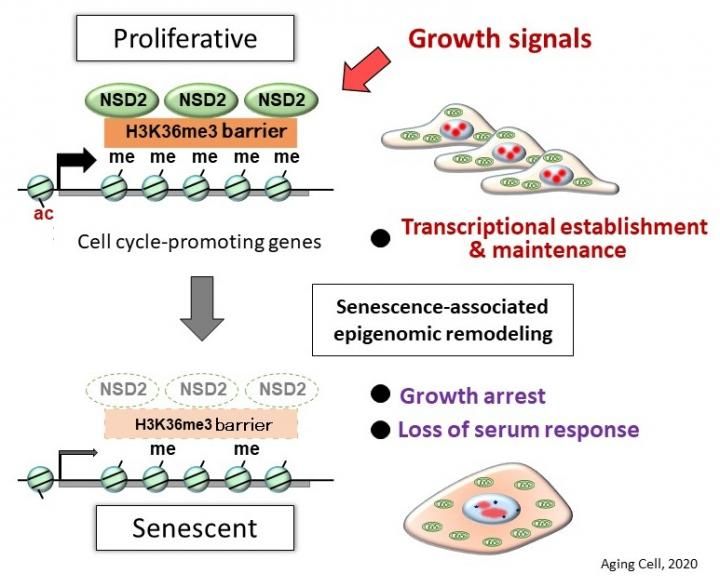Every dog owner has their own reasons for getting a pet, whether it is companionship, protection, or simply to have a furry friend to walk with. Each different breed comes with perks and challenges, and owners must be prepared to accommodate each type of dog’s unique health requirements to maximize their lifespan, because the reality is that some dogs are genetically predisposed to live much longer than others.
In order to determine the shortest and longest living dog breeds in the world, 24/7 Tempo reviewed the study, “Methods and mortality results of a health survey of purebred dogs in the UK,” published in the Journal of Small Animal Practice. Breeds for which there was little data or low response rates on surveys sent to owners were not considered. Breeds that are not officially recognized by the American Kennel Club were also not considered. Breed popularity data, as well as height and weight data, comes from the AKC. The height refers to the height of the dog’s shoulder.
Numerous studies have determined that there is a significant link between the size of a dog and the length of its lifespan — larger dogs have noticeably shorter lifespans than smaller dogs, as they age at a faster rate. Yet size and lifespan do not correlate exactly, as certain types of dogs are especially prone to maladies like cancer or heart problems.








